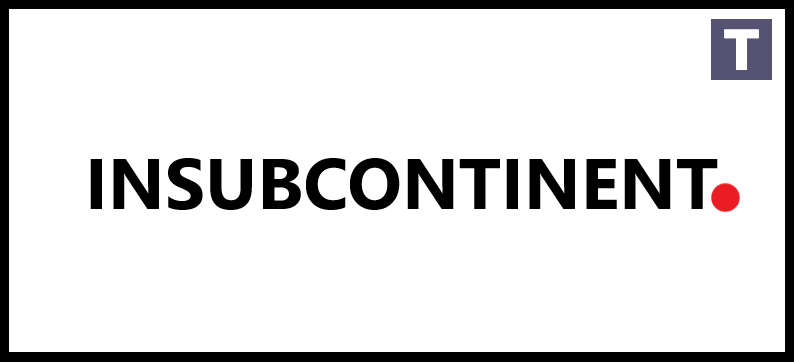INSUBCONTINENT EXCLUSIVE:
While U.S.-based companies are introducing more payloads into orbit than ever before, theyre still limited by the inadequacy of standard
With rockets, the majority of the weight is in the propellant, not the payload, and a huge part of it is burned merely fighting Earths
gravity and atmosphere.Auriga Space is aiming to change the launch game
Instead of a first-stage booster, the California-based start-up is developing a launch track that will use electricity to power effective
Those magnets will speed up a little rocket to over six times the speed of noise
The tracks final segment increases on a high ramp, making it possible for the rocket to exit at hypersonic speed and only ignite its engine
in the last push to orbit.Beyond propellant savings, the entire ground-based architecture is entirely (and quickly) reusable
Less than 2% of the mass of the rocket is what gets into area, Auriga founder and CEO Winnie Lai described in a current interview
So our supreme objective here is to make area launch more effective, and by increasing effectiveness, we believe we can bring down the
expense, and we can likewise enable a lot more frequent launches.Electromagnetic launchers are not a new idea: Aurigas architecture is
reminiscent to a rail weapon or a maglev
However Lai argues that current developments in power electronics, especially having the ability to operate at higher voltages and higher
powers, lastly make the idea technically and commercially feasible
The business is sustaining its aspirations with a formerly concealed $4.6 million seed round that closed at the start of the year and $1.4
million in new AFWERX and SpaceWERX agreements
The capital round was led by European company OTB Ventures, with involvement from Trucks Venture Capital and Seraphim Space.Auriga has
actually raised $12.2 million across VC and DOD grants to-date
The last system architecture, including the tunnel length and rocket size, are still being finalized
Even a long track will still impart high-G loads on the automobile, which could restrict the kinds of satellites it can carry
The business has carried out some initial research studies on the survivability of satellite elements under high-G loads that suggest they
can make it through greater Gs than standard testing assumed, Lai stated
Auriga is also considering the opportunity to do custom work, like adding some structure support so items can endure the greater Gs,
depending on what the customer needs.If you look at munitions, you likewise take a look at rocket launches, those experience extremely,
really, extremely high Gs, she said
Were really positive theres payloads up there that might endure our launch environments, however thats still yet to be specified
If we want to lower the Gs, then we make the launcher longer.Techcrunch eventSan Francisco|October 27-29, 2025Auriga will go to market first
with hypersonic ground screening: This most recent direct-to-phase II Small Business Innovation and Research grant from AFWERX (the business
second) will be utilized to commercialize an indoor, lab-scale track called Prometheus early next year, and an outside accelerator for major
hypersonic test articles called Thor
(The orbital launcher is dubbed Zeus.)Clients tell Lai that the absence of cost effective, on-demand test facilities is among the primary
difficulties beforehand hypersonic advancement
Prometheus and Thor goal to fill that space and supply a market ability that is sorely doing not have: clients will have the ability to
carry out several tests on the same test post under various flight conditions, at a lower cost and higher cadence than whats presently
available.It can likewise carry out a variety of various tests, like weather condition testing, aerodynamic tests, and impact testing using
the same underlying architecture.The company is also trying to attend to the need from the U.S
Space Force for responsive launch, or the ability to release payloads to orbit with little to no advance notice
While there have been some remarkable demonstrations of responsive launch in the previous 12 months, with companies like Firefly Space
introducing a rocket with a 24-hour notification, Auriga wants to shrink that time to a matter of minutes.We call an Uber, and we anticipate
the Uber to show up in a matter of minutes, she said
I think that need to be the case for space also.

